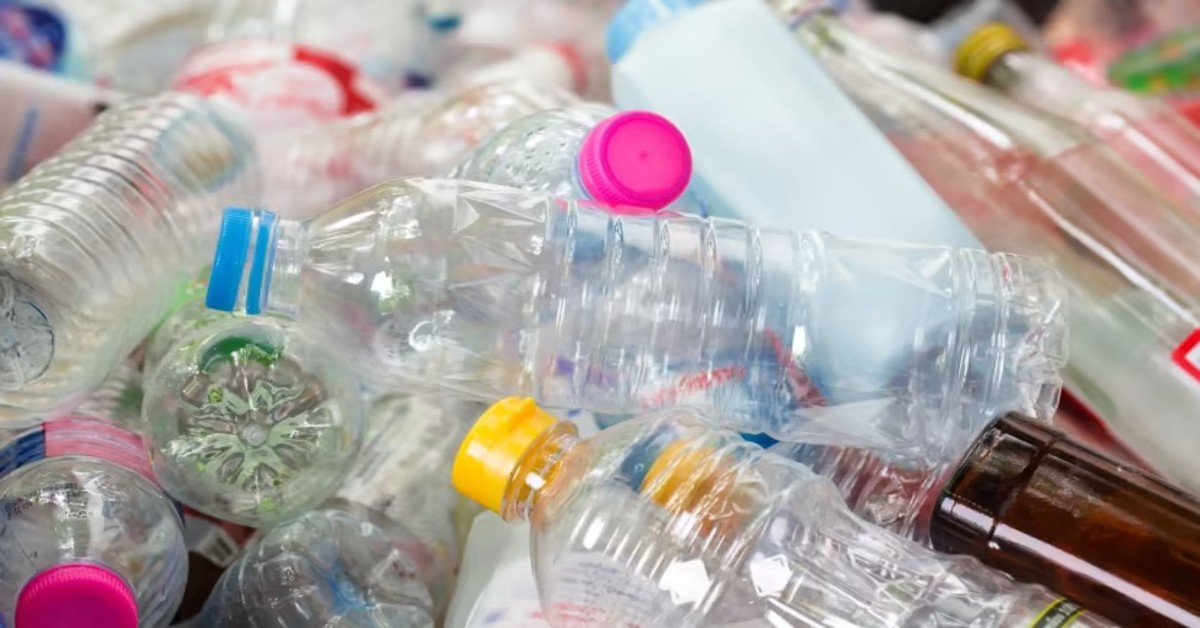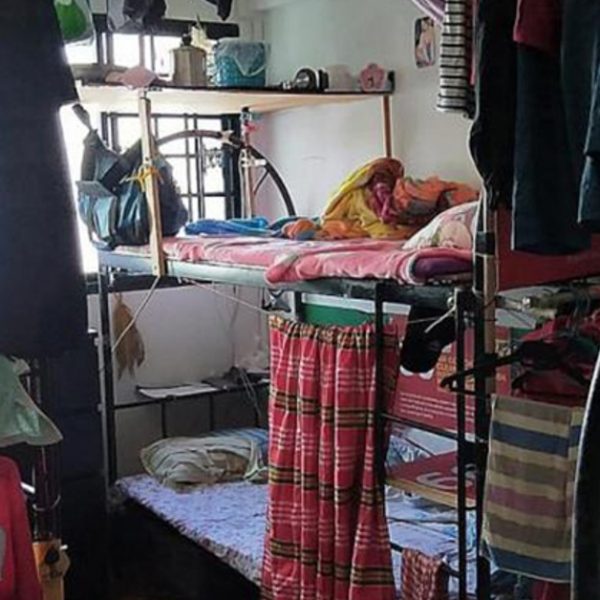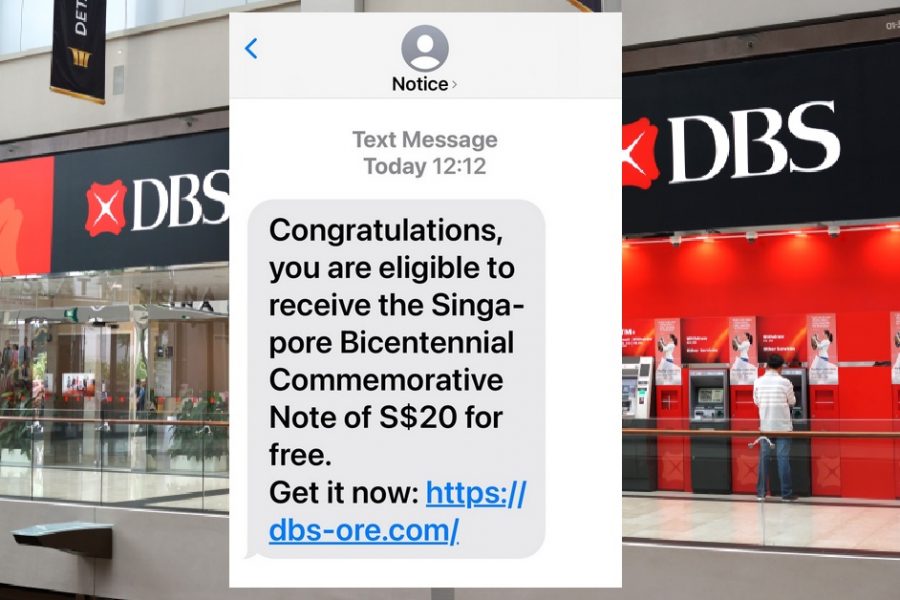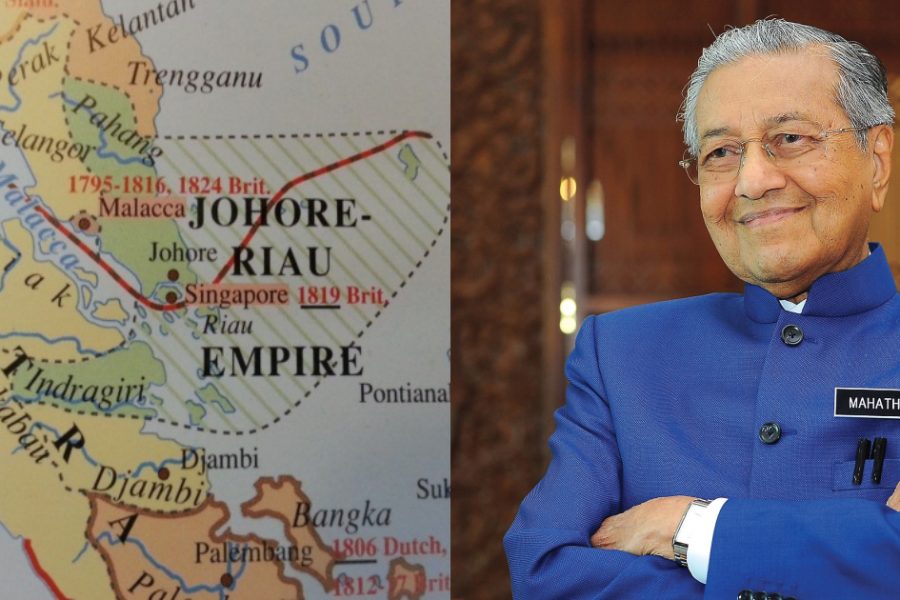The government announced a new beverage container return scheme. Starting from April 2025, customers will have to pay an additional 10cents when buying bottled and canned drinks in Singapore. The objective is for Singapore to minimize waste and improve the rates of recycling.
Producers will start supplying products with the Singapore deposit mark and barcode on them from Apr 1, 2025.
But beverages without the mark may still be sold until Jun 30, 2025 as part of a transitionary period so that older stock can be cleared.
By Jul 1, 2025, all drinks sold in bottles or cans within the size limits must be labelled with the mark and barcode, and sellers must collect the 10-cent deposit.
Channel NewsAsia
However, they did not properly think this through.
How effective will the scheme be?
Firstly, a 10-cent deposit may not be enough to incentivize people to recycle. This is especially for those who are not financially motivated. This includes people who prioritize convenience over financial gain or who do not place a high value on the environment. For these individuals, the deposit may not be enough to encourage them to take the extra steps required to recycle their bottles and cans.
Moreover, we are supposed to reduce waste. However, the production of additional labels and barcodes would produce waste as well. Will the long-term benefits of reducing beverage waste outweigh the environmental impact of producing the labels? It is important to consider the potential negative consequences.
Another issue to consider is the timeline for the implementation of the scheme. While it is understandable that a transition period is required for producers and retailers to adjust, the fact that the scheme will not begin until April 2025 means that it will be several years before any impact is seen. This delay may result in a missed opportunity to reduce waste and increase recycling rates in the short term.
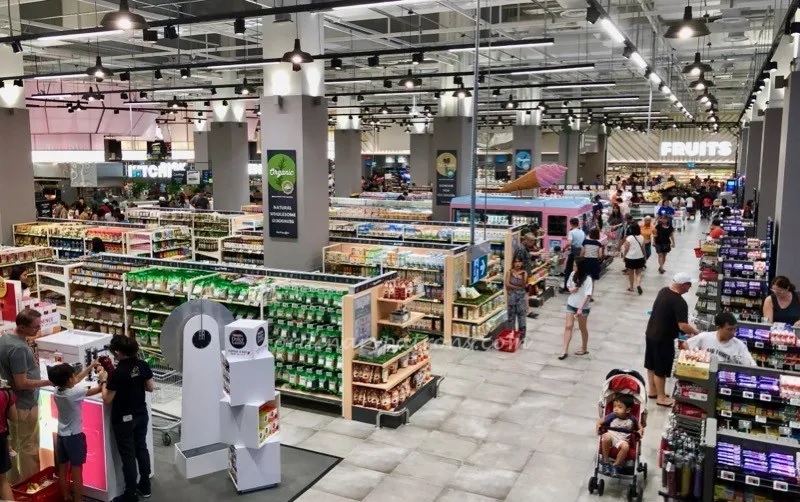
What about financial impacts on the lower income?
There may also be concerns about how the deposit will affect beverage prices, particularly for those who regularly purchase them. A 10cents increase could result in a significant increase in their short-term expenditure. Basically, it disproportionately affects lower-income households. These are people who may not be able to afford the time in which they have to wait till they recycle the items for the money.
For some Singaporeans, they may just view it as a cost increase, without knowing that they can recycle to get the money back. Hence, the government should also make sure that they effectively communicate this scheme to the consumers.
While the new scheme is a step in the right direction towards reducing waste, there are practical challenges and concerns that need to be addressed.
These include the effectiveness of the deposit amount, the impact on pricing, the environmental impact of producing additional labels, the timeline for implementation, and effective communication to consumers. Hopefully the government will think these through.
Tip for all in the meantime: You should start collecting bottles and cans from today and make some extra cash over the next two years!
